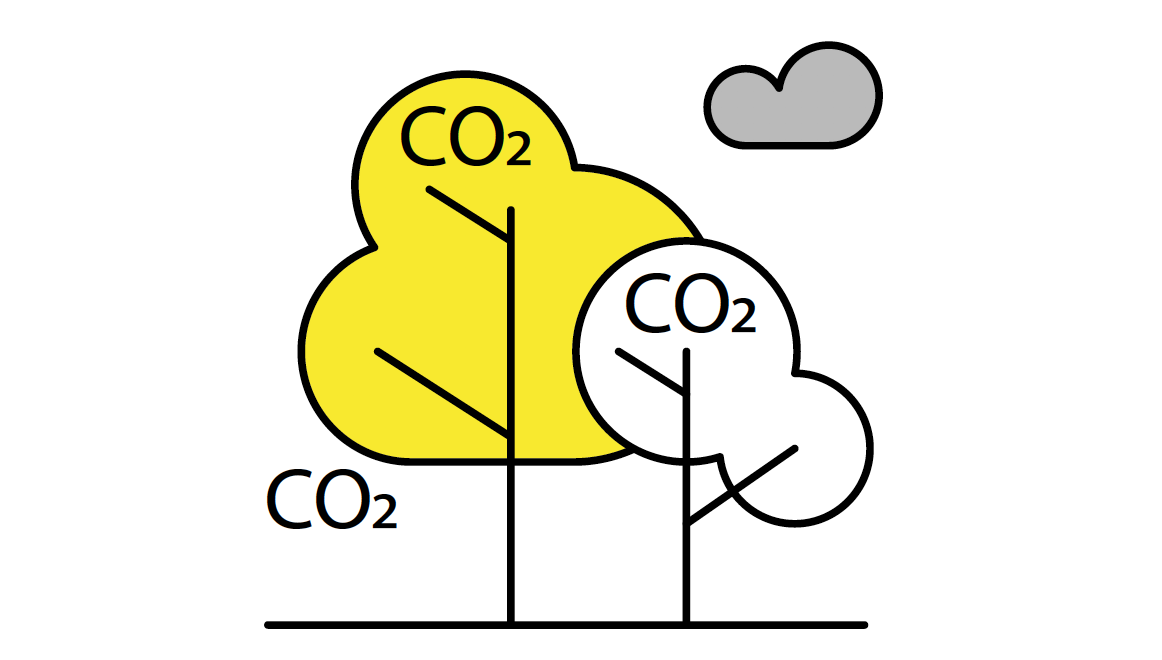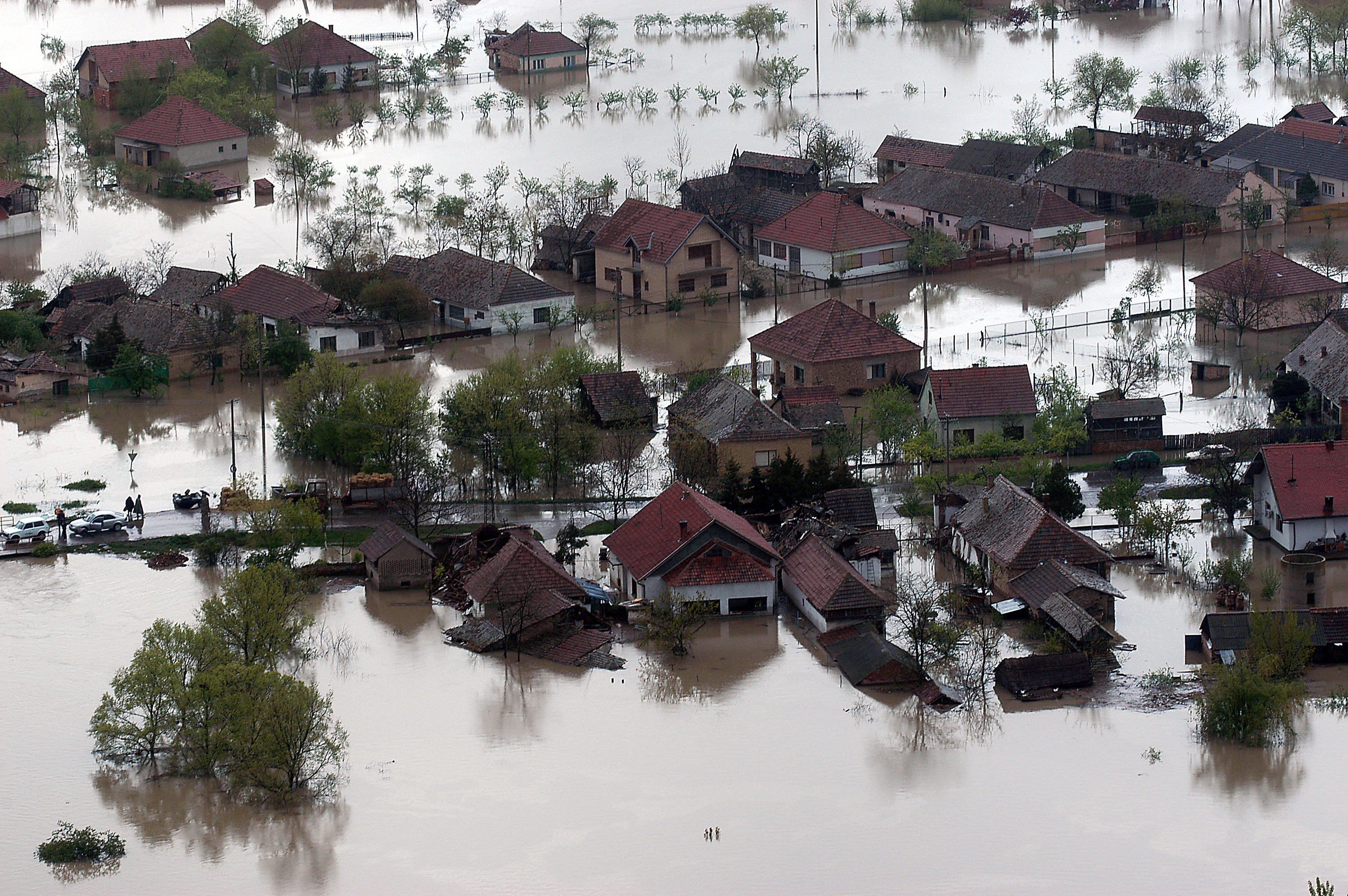
CLIMATE CHANGE
problem/solution
THE PROBLEM
Jump to the solution

“The past three years have been the warmest on record, part of a long-term warming trend that shows no signs of abating. In concert with this trend, we have seen increasing numbers of extreme weather events, from prolonged heatwaves to tropical cyclones with record storm-surge levels and wind speeds. As global warming drives up atmospheric water vapor and evaporation rates, so-called “100-year storms” are occurring more frequently.”
[37] MIT Joint Program on the Science & Policy of Global Change. 2018
“3°C of warming already constitutes an existential risk. Climate change is now reaching the end-game, where very soon humanity must choose between taking unprecedented action, or accepting that it has been left too late and bear the consequences.”
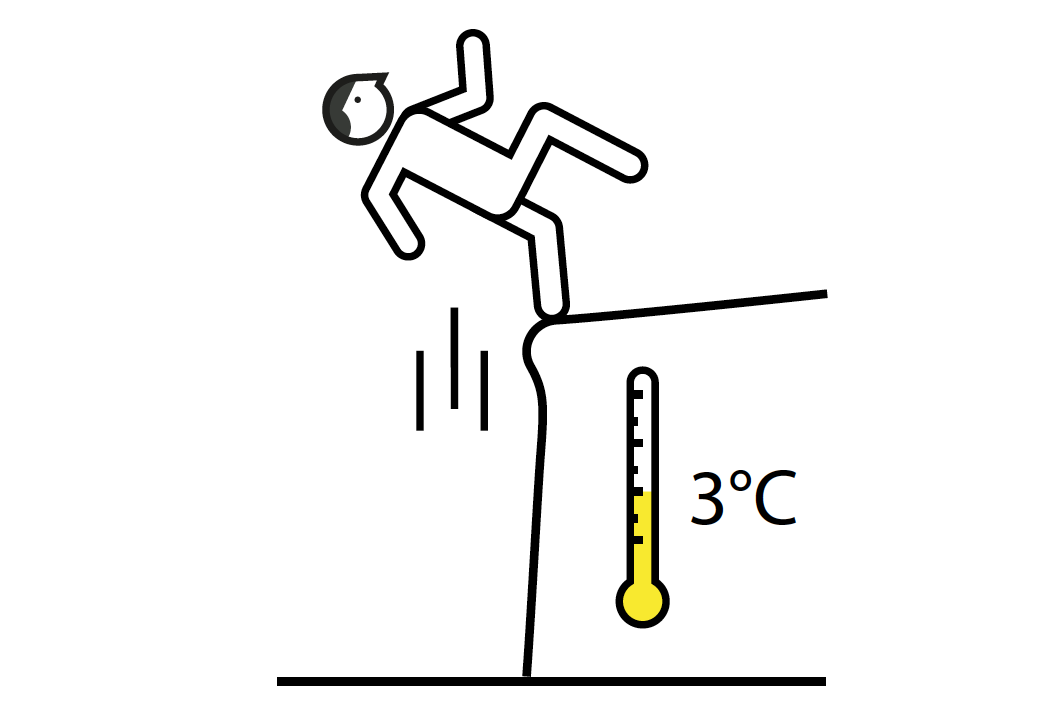
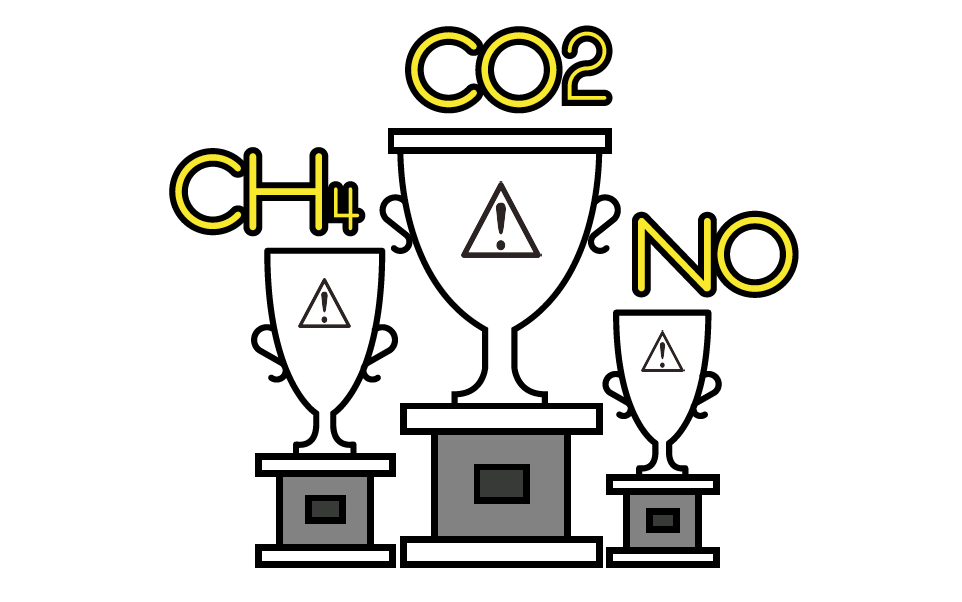
“In 2013, concentration of CO2 in the atmosphere was 142% of the pre-industrial era (1750), and of methane and nitrous oxide 253% and 121% respectively.”
“Our analysis suggests that the Earth System may be approaching a planetary threshold that could lock in a continuing rapid pathway toward much hotter conditions– Hothouse Earth. This pathway would be propelled by strong, intrinsic, bio-geophysical feedbacks difficult to influence by human actions, a pathway that could not be reversed, steered, or substantially slowed.”
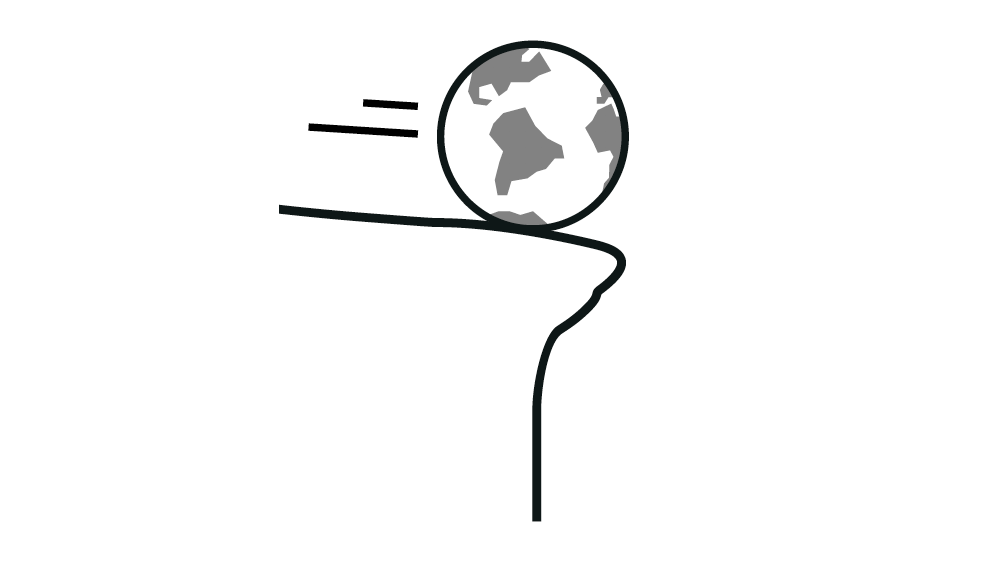
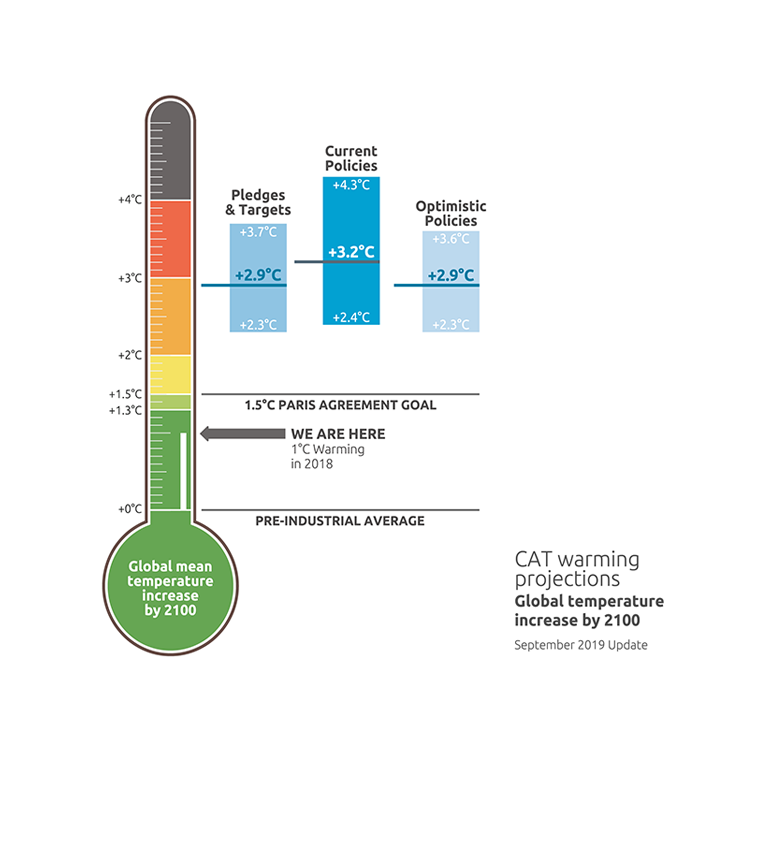
“Every one-degree rise in temperature means a 20-fold increase in global conflicts.”
“On average, in cereal-cropping systems, adaptations such as changing varieties and planting times enable avoidance of a 10% to 15% reduction in yield, corresponding to 1°C to 2°C local temperature increases.”
[42] Parry, M. L. 2007

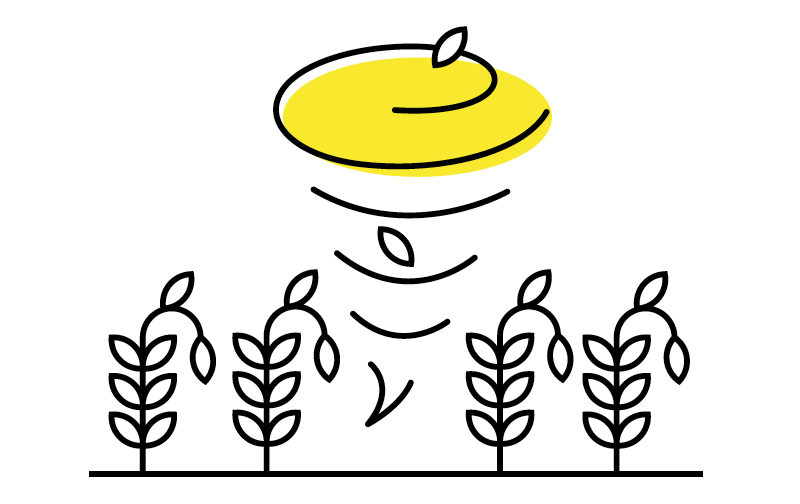
“If the world warms by 2°C, warming, which may be reached in 20 to 30 years, will cause widespread food shortages, unprecedented heat waves, and more intense cyclones.”
“Disasters including storms, floods and heat-waves have increased fivefold since the 1970’s, United Nations finds.”
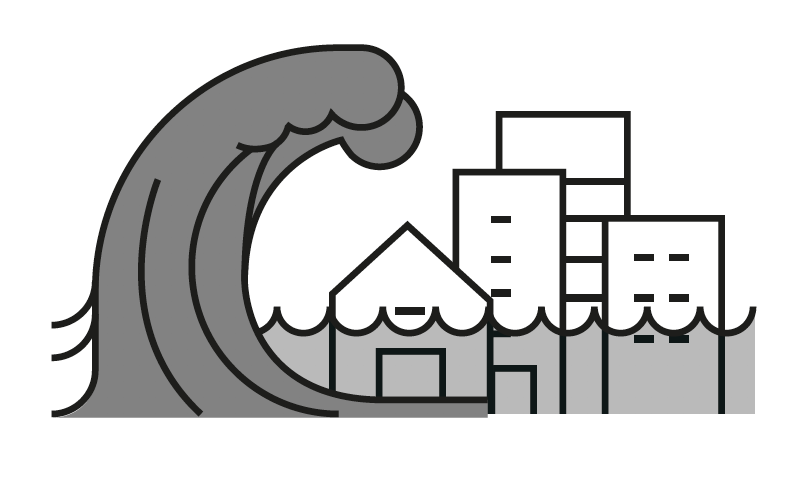
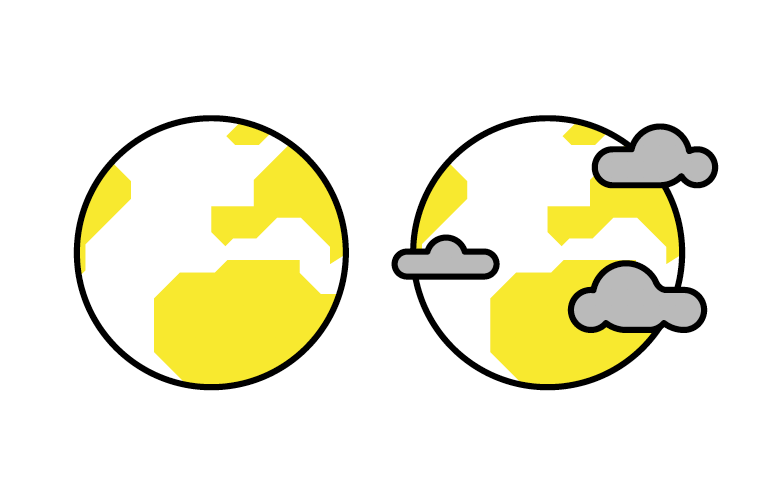
“By 2050 global agricultural greenhouse gas emissions are projected to increase by 80%.”
“Dietary Greenhouse Gas emissions in meateaters are approximately twice as high as those in vegans.”
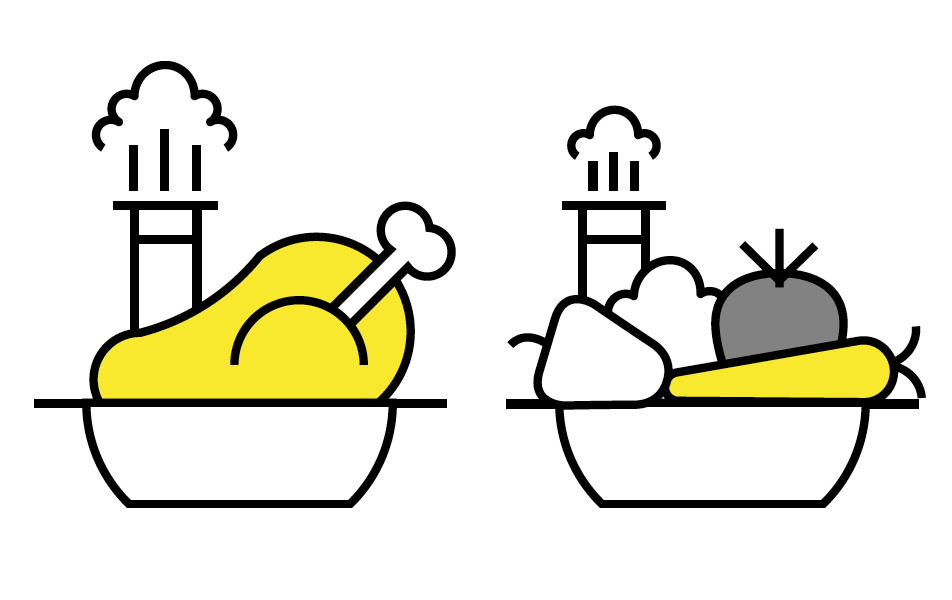
THE SOLUTION
Back to the problem
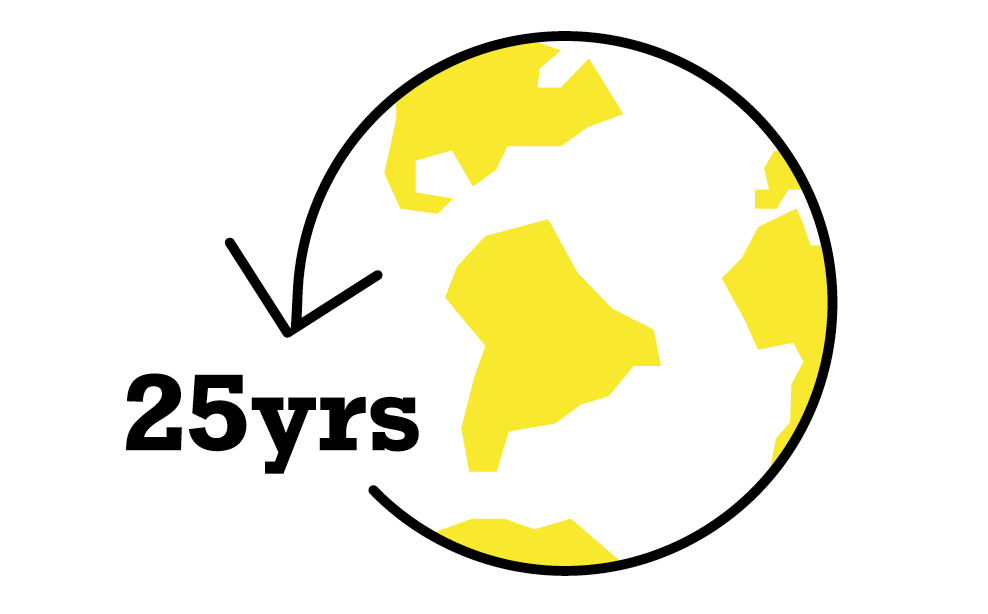
“For a given climate stabilization level, less radiative forcing from CH4 and N2O means more “room” for CO2 emissions. This in turn implies that the energy transition away from fossil fuel technologies with high CO2 emissions can be delayed, with correspondingly higher annual CO2 emissions during the transition period.“
Lifestyle change, away from meat, frees up crop and pasture land for vegetation regrowth, which is the most effective measure to reduce demand for carbon capture and storage (CCS) technology.
“The question arises whether alternative deep mitigation pathways exist. Here, using an integrated assessment model, we explore the impact of alternative pathways that include lifestyle change, additional reduction of non-CO2 greenhouse gases and more rapid electrification of energy demand based on renewable energy. Although these alternatives also face specific difficulties, they are found to significantly reduce the need for carbon dioxide removal.”
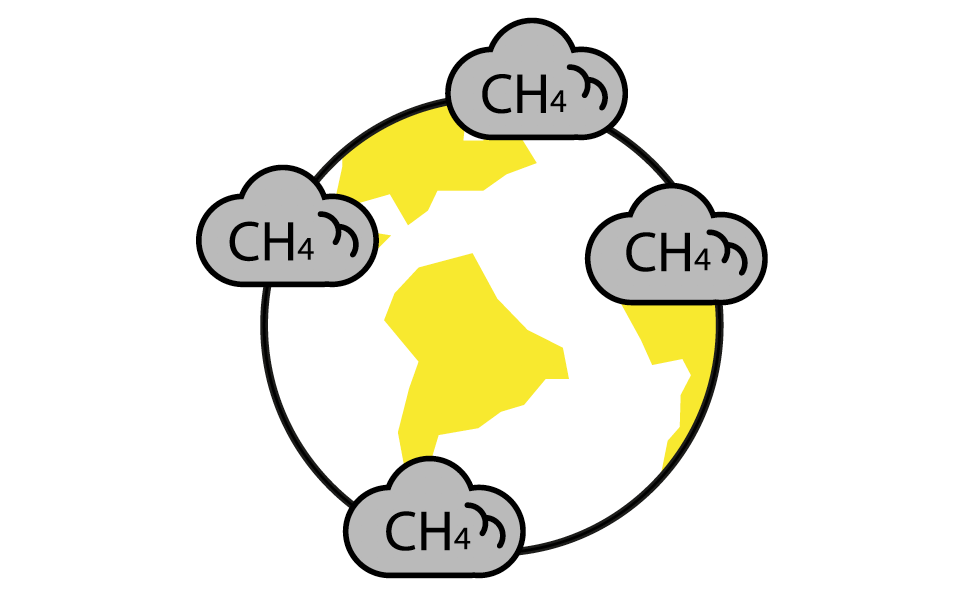
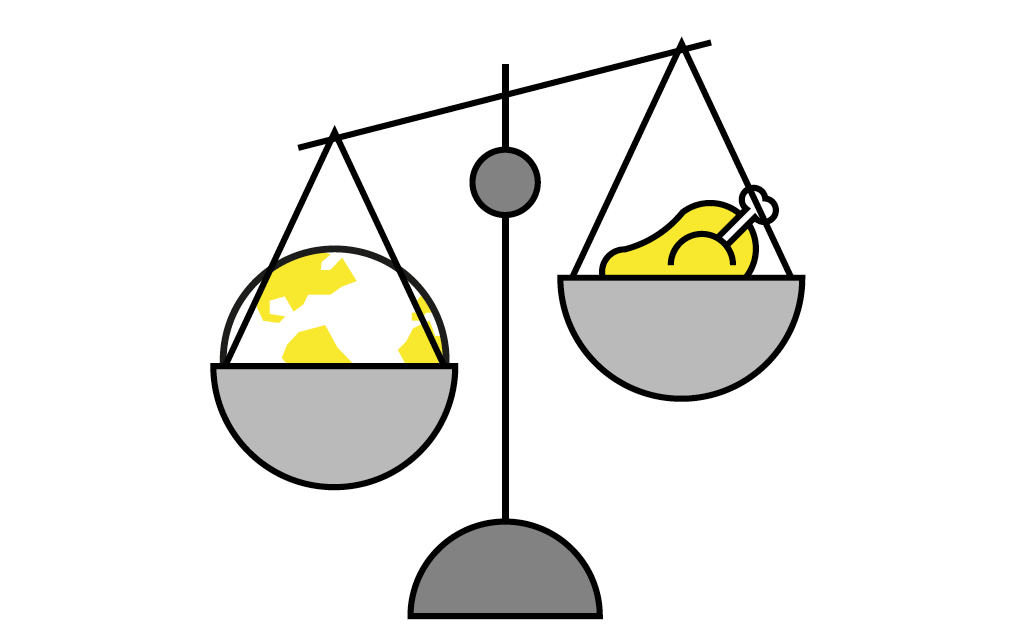
“The various threats generated by our excessive production and consumption of meat and dairy. Climate change is the clearest threat to our life on the planet requiring urgent action...In addition to acting to prevent climate change, we must also ensure the preservation of other living creatures and ecosystems that make human life on Earth possible Human health is affected by what we eat and by the global changes set in motion by trends towards increasingly meat-heavy diets. “
[49] Dawe, A. 2018
“265 GtC can be sequestered on just 19.6 million square kilometres of grasslands and pasture lands reverted to native forests.”
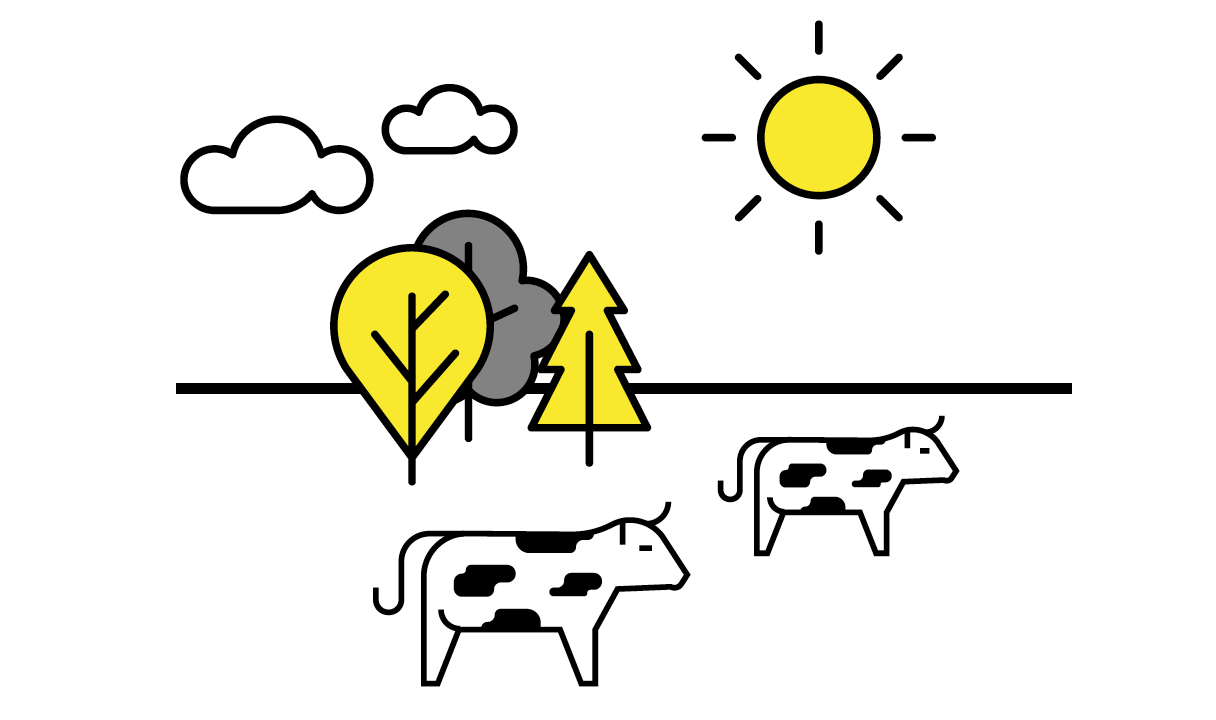
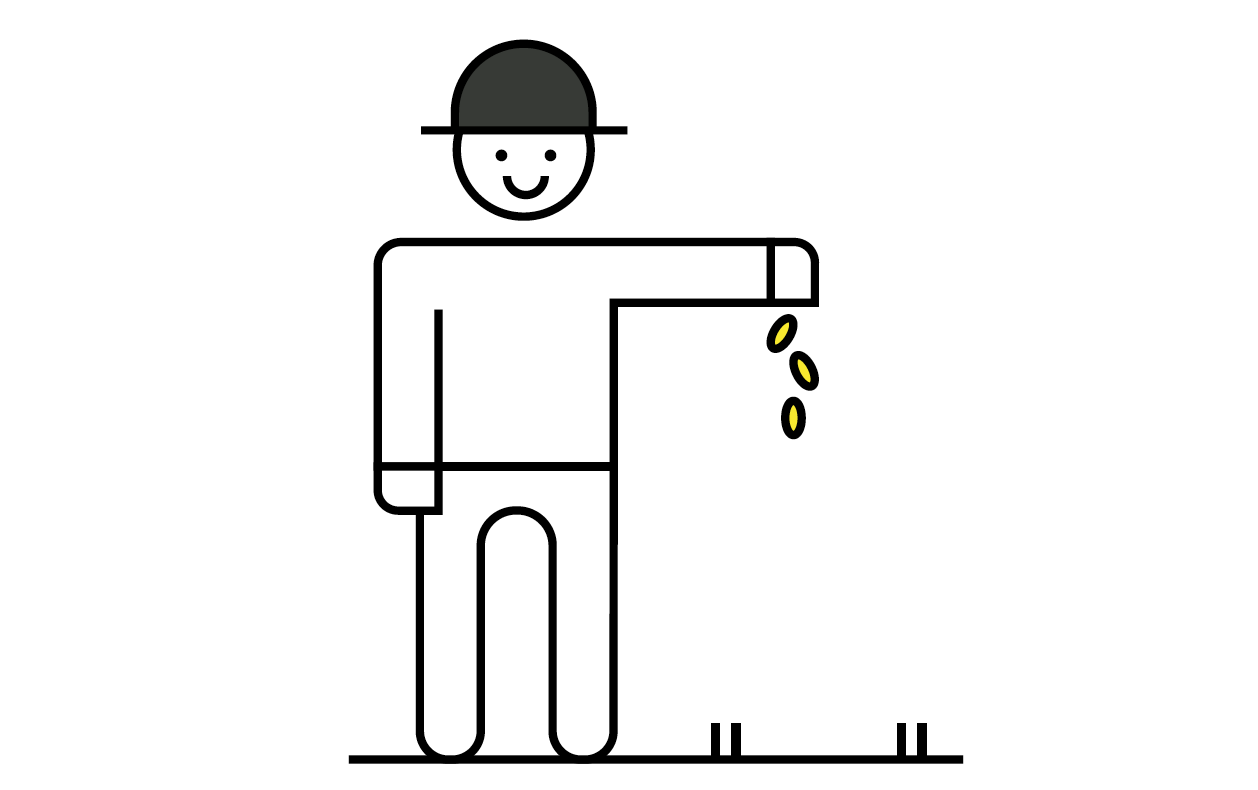
“A global food transition to less meat, or even a complete switch to plant-based protein food would have a dramatic effect on land use. Up to 2,700 mega hectares of pasture and 100 mega hectares of crop- land could be abandoned, resulting in a large carbon uptake from re-growing vegetation.”
“A global transition to a low meat-diet as recommended for health reasons would reduce the mitigation costs to achieve a 450 ppm CO2-eq. stabilisation target by about 50% in 2050.”
